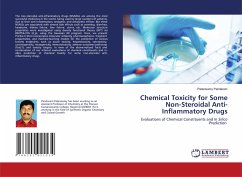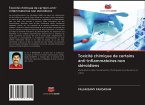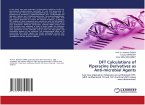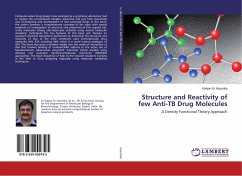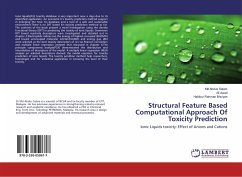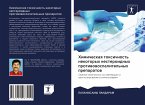The non-steroidal anti-inflammatory drugs (NSAIDs) are among the most successful medicines in the world, being used by large numbers of patients, due to their anti-inflammatory, analgesic, and antipyretic effects. But these NSAIDs are associated with several side effects such as vomiting, diarrhea, headache, kidney failure, liver failure, ulcers, etc. Molecular structure proprieties were investigated using density functional theory (DFT) via B3LYP/6-31G (d,p), using the Gaussian 09 program. Here, we present ProTox-II that incorporates molecular similarity, pharmacophores, fragment propensities, and machine-learning models for the prediction of various toxicity endpoints; such as acute toxicity, hepatotoxicity, cytotoxicity, carcinogenicity, mutagenicity, immunotoxicity, adverse outcomes pathways (Tox21), and toxicity targets. In view of the above-noticed facts and continuation of our interest evaluations of chemical constituents and in-silico prediction of chemical toxicity for some non-steroidal anti-inflammatory drugs.

